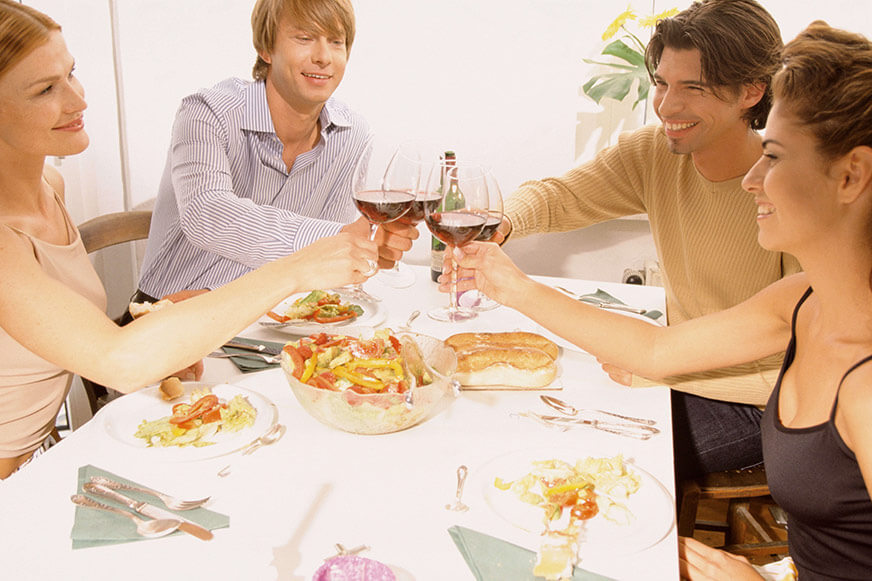Menu development
The menu is the first encounter that a restaurant patron has with a chef’s food. As such, great care is taken at the finest restaurants to ensure that all the dishes on a menu not only stand out for their own merits, but also work together to form a cohesive whole. Not only does the content of your menu matter, but the design and layout of the entire document all go together to inform your customers of what your restaurant represents. As an online culinary arts school student, it is important to understand the process of seeing a menu through from conception to printing, as you may find yourself needing to do so as the head chef of your own restaurant.
Concept
You will want your menu to follow a certain theme or guiding principle. The concept for your menu can be anything from a cooking philosophy – such as farm-to-table ingredient sourcing – to a certain culture’s culinary tradition. Keep an eye on industry trends to see what is selling. Sustainable foods such as organic produce and responsibly raised meat are doing very well in today’s market, as are small plate tasting menus and tapas. However, always remember to allow these trends to inspire you, but don’t feel as though you are beholden to them.
Research
The next step is to do some research to understand the local restaurant market in your area. This will help you determine the appropriate price points at which to sell your food. Look for any opportunities that area chefs aren’t taking advantage of. In addition, be sure to tailor your menu to the community in which you plan to open your restaurant. For example, if you want to open a fine dining sushi restaurant, be sure there aren’t already three other ones within a mile of your proposed location.
Details
The devil is in the details, as they say, and making a new menu from scratch is no exception to this rule. In developing the dishes that you will include on your menu, you must consider everything. From portion size to possible wine pairings, no stone should be left unturned in this development phase.
Design and Feedback
When designing the layout of the menu, take into account some principles of graphic design. Use font size to create a visual hierarchy of information, making the most important information the largest. Continually tweak your menu as you receive customer feedback or if you notice certain dishes aren’t selling.



